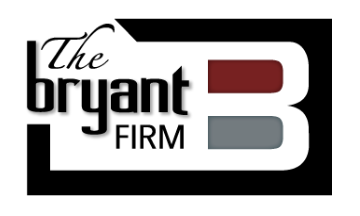squeeze-outs in ohio
Small businesses often operate like families (in fact, many small businesses are owned and operated by actual family members). Because there are few people involved in running the business, everyone has to work together and interact constantly. Small businesses are also like families because fighting and personality conflicts can become a serious issue. A large company can minimize personality conflict by moving employees around so they don’t have to work together anymore. But in a small business, this is usually not an option. Sometimes, the conflicts become so severe that someone has to go in order to save the business.
When a business needs to get rid of a problem employee, the answer is simple: you fire the employee. But what does a small company do when the problem employee is also one of the owners?
Owners (called “shareholders” if the company is a corporation, and “members” if it is a limited liability company) have significantly more rights than employees. In Ohio, and many other states, majority owners (i.e. those who own more than 50%, either alone or together) owe “fiduciary duties” to minority owners. These fiduciary duties create a set of legal rights that the minority owners are able to enforce in court.
While the majority can vote out a problem owner, commonly referred to as a “squeeze out,” the process is much more complex than simply firing a problem employee. The issue boils down to this: a problem owner who has been squeezed out of the company will certainly feel personally insulted and will often file a lawsuit against the company and other shareholders. The fact that they were a problem in running the business usually indicates that they will continue to be a problem on the way out!
Therefore, it is important to perform a squeeze out in the proper manner. First, legal formalities in the governance of the company must be observed correctly. There are some generalities, but each company often has bylaws, an operating agreement, and/or a shareholder agreement that must be carefully examined and adhered to. These formalities will be looked at by a court under a microscope in the eventual lawsuit, so it is important to get things right. Second, a good CPA should be hired to properly value the ownership interest of the departing shareholder. The majority is often tempted to minimize the dollar value of buying back the shares, and the departing owner will of course believe his shares were worth millions. A court will look at the value determined by the CPA and the method used to arrive at the value. The method may include taking a minority discount, which is a reduction in value that recognizes that a minority share of a company is not worth as much as a majority share. In other words, 25% of a company is not necessarily calculated simply by taking the whole value of the company and multiplying by .25, because a theoretical person buying the shares would have to recognize that they will have very little control over the company. This is just one factor the accountant will consider, as they have to look at a great deal of information to arrive at a calculation that will be defensible in court.
Finally, it is critical that the attorney for the majority owners (and the departing shareholder) understand these issues and have experience dealing with these situations. I have been involved in cases where the lawsuit was thrown out quickly because the attorney did not go through the technical and formal steps required by Ohio law.
This is one area of the law that reminds me of the oldies song: “Breaking Up Is Hard To Do.” It certainly rings true in squeeze out situations.
